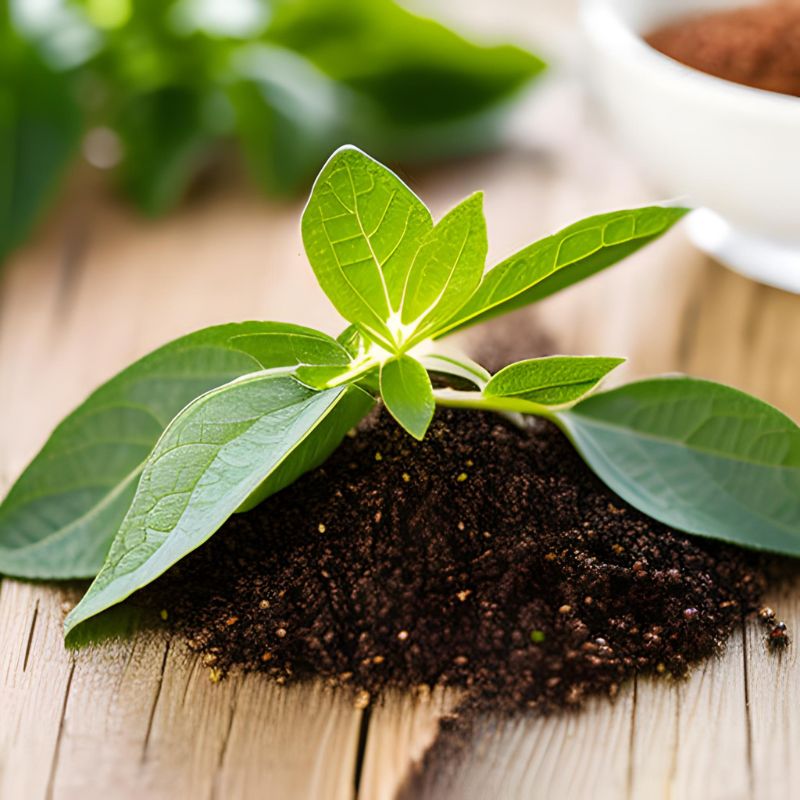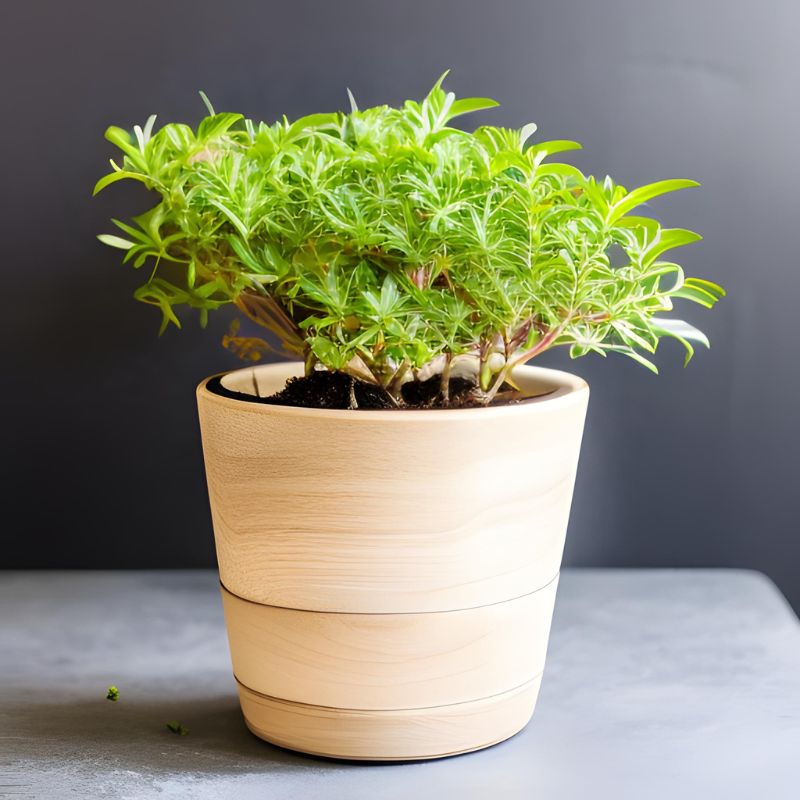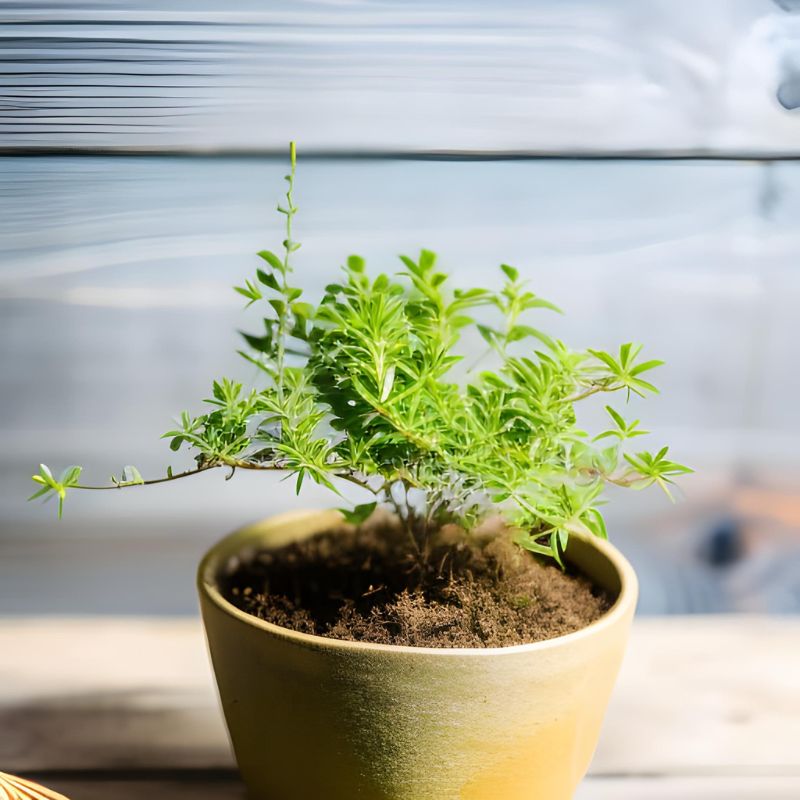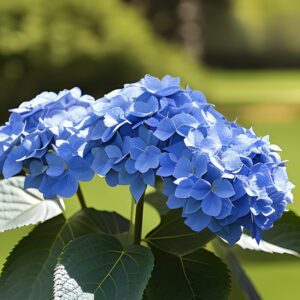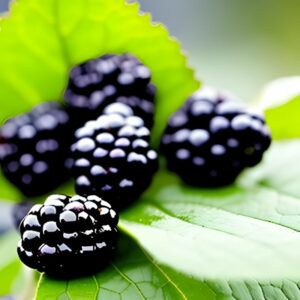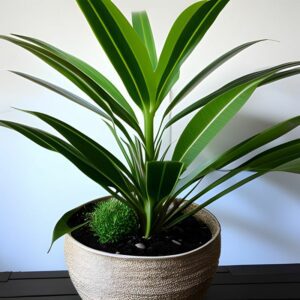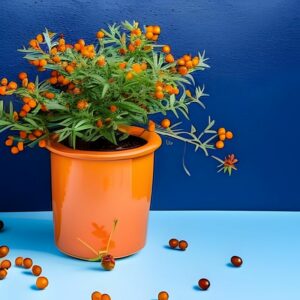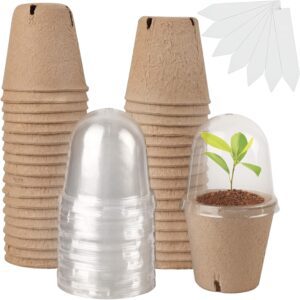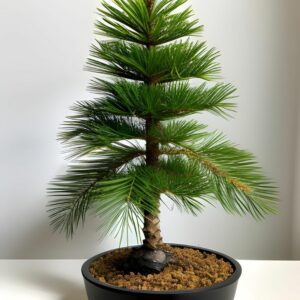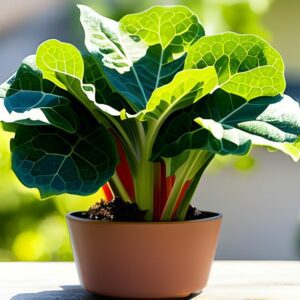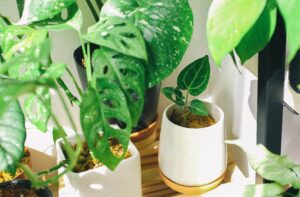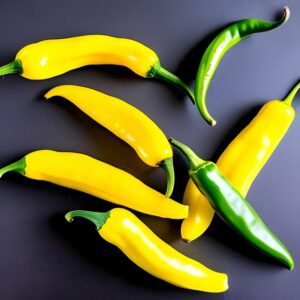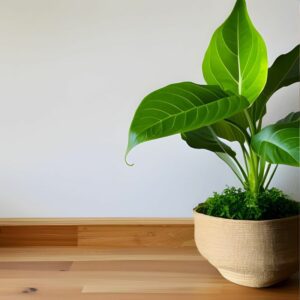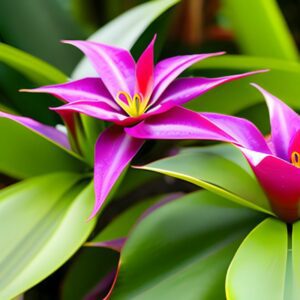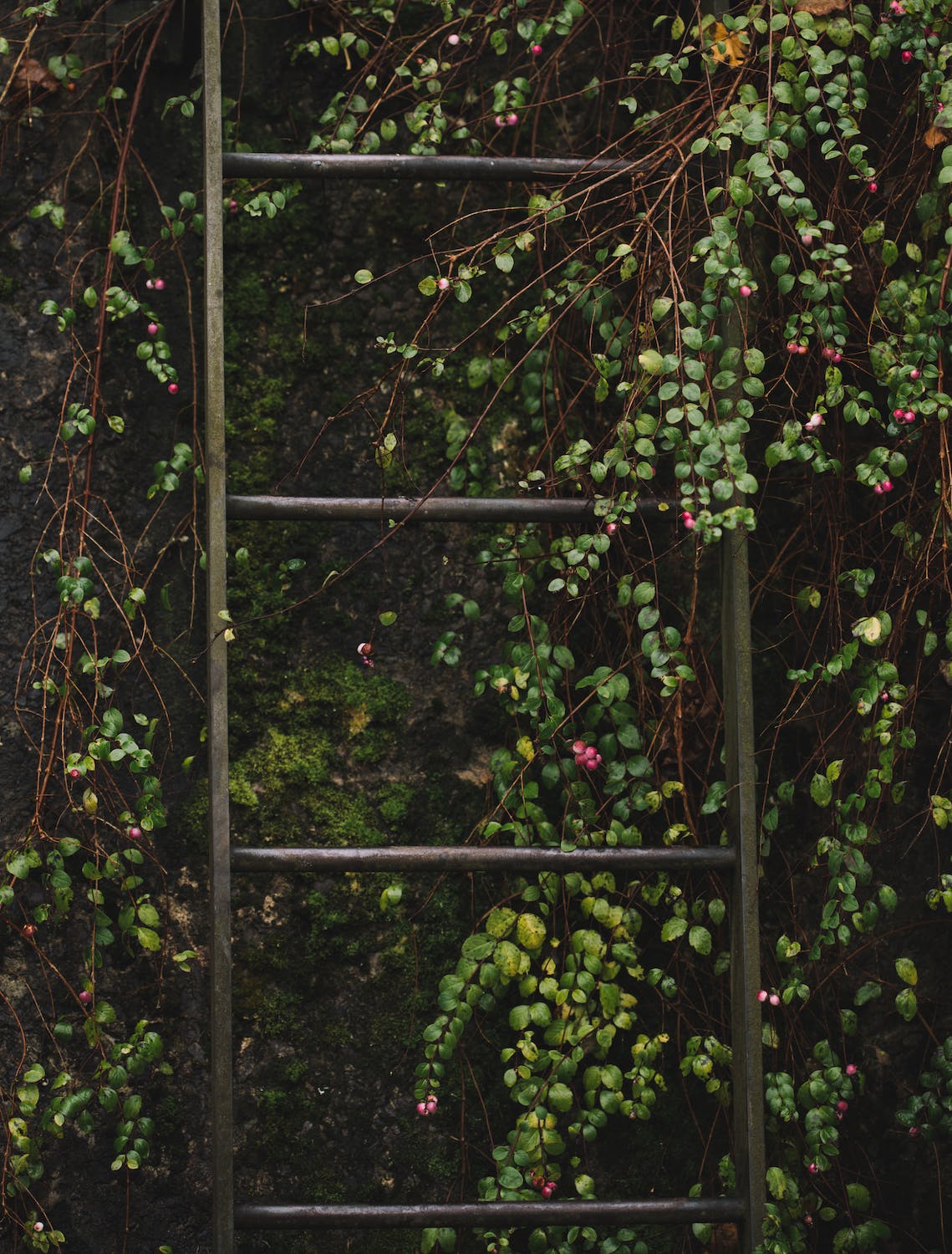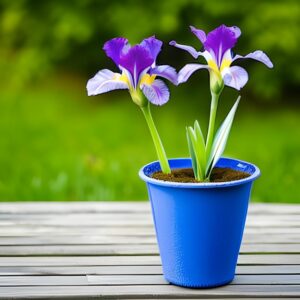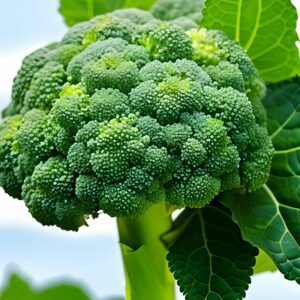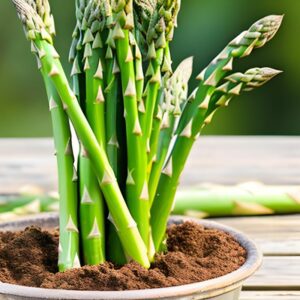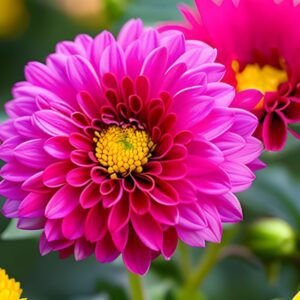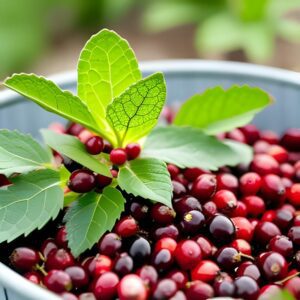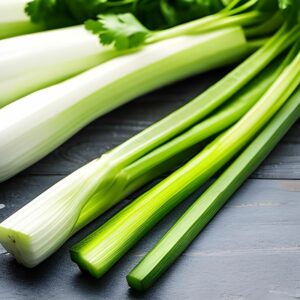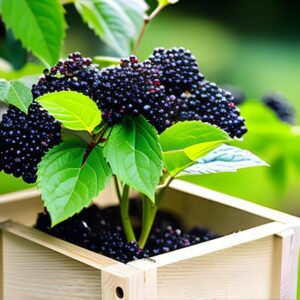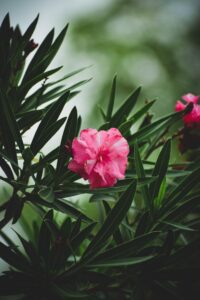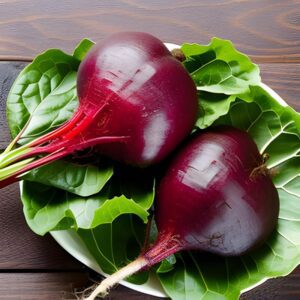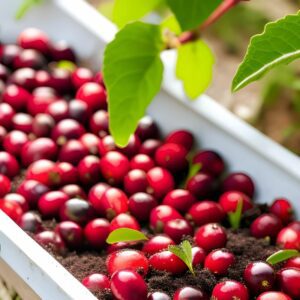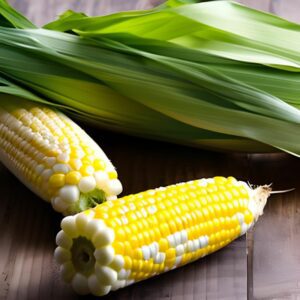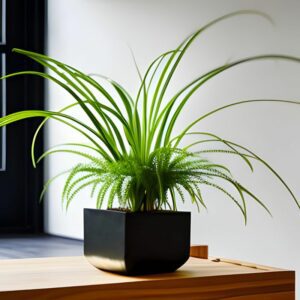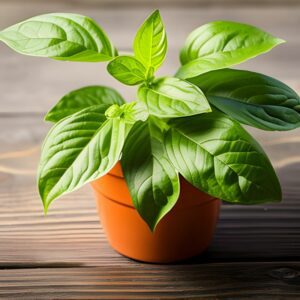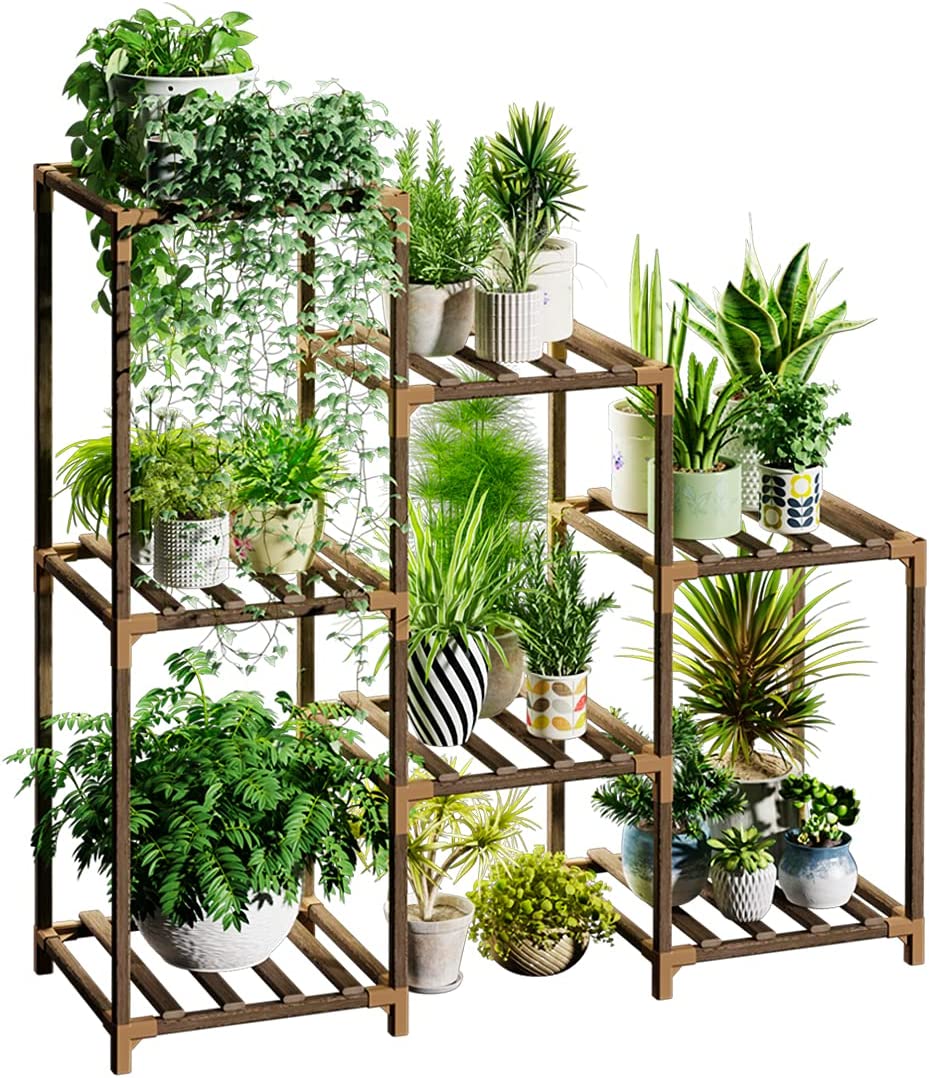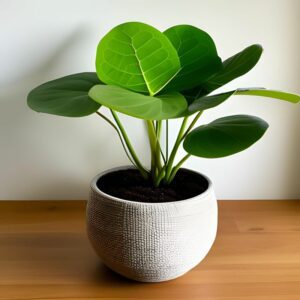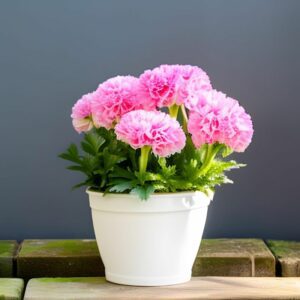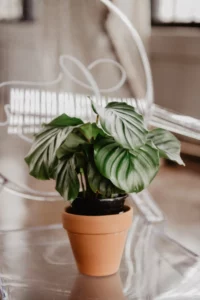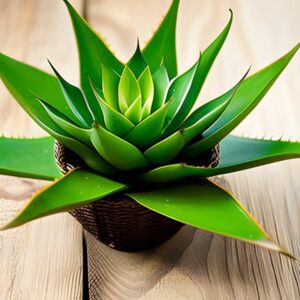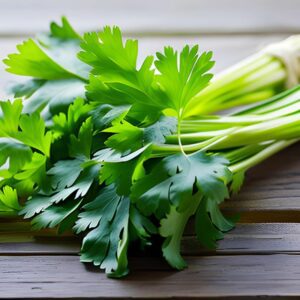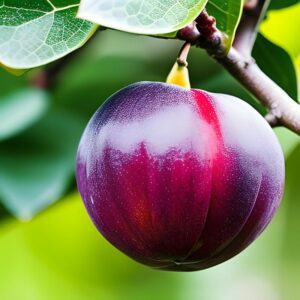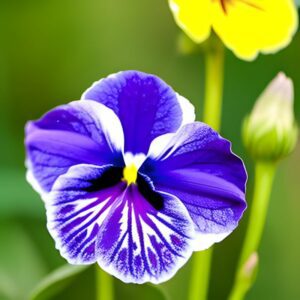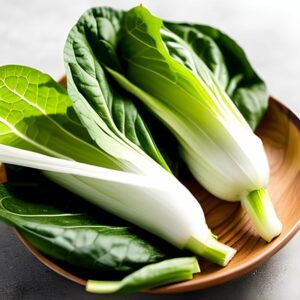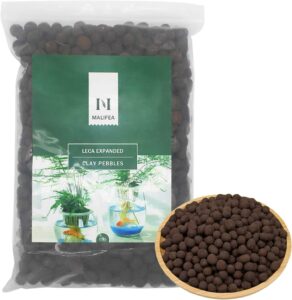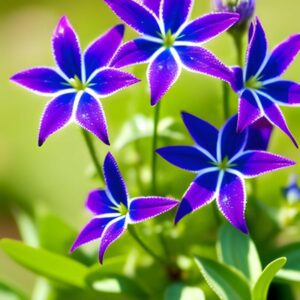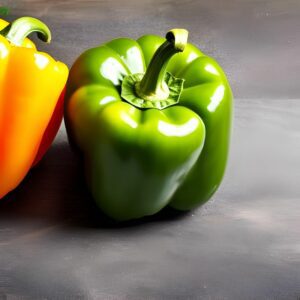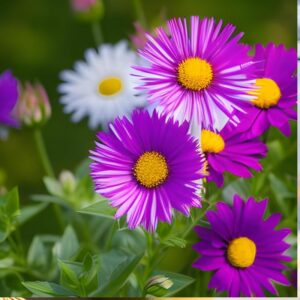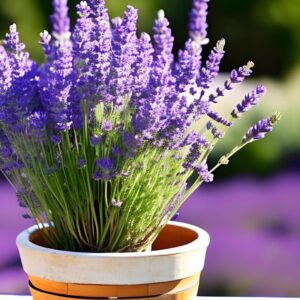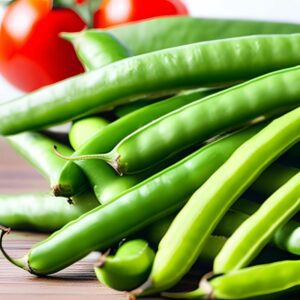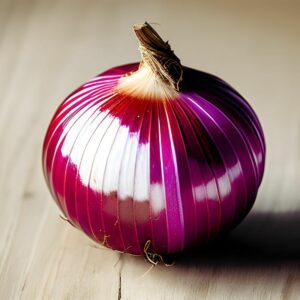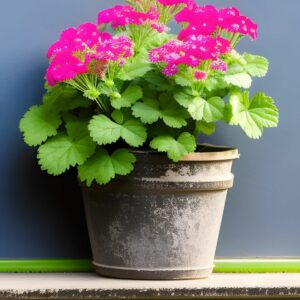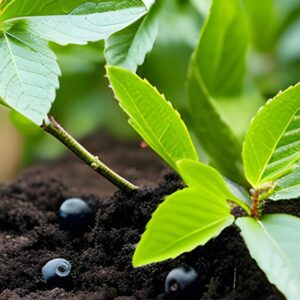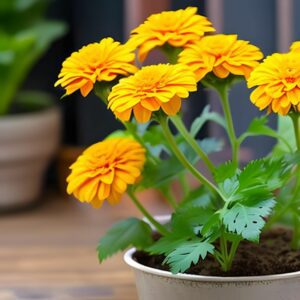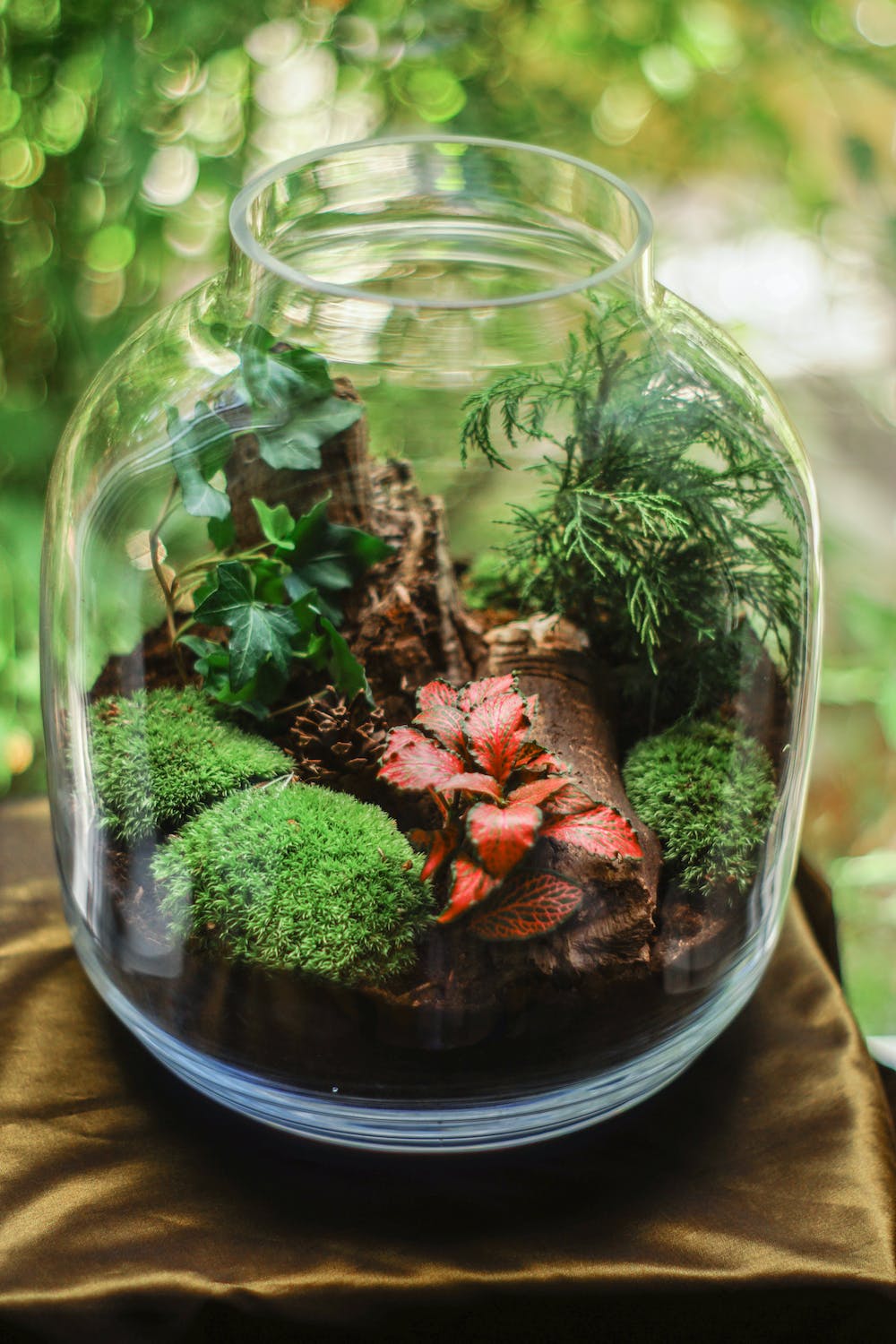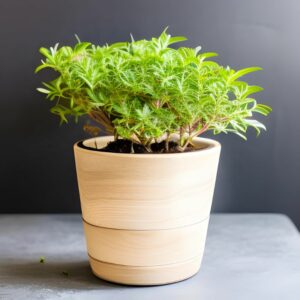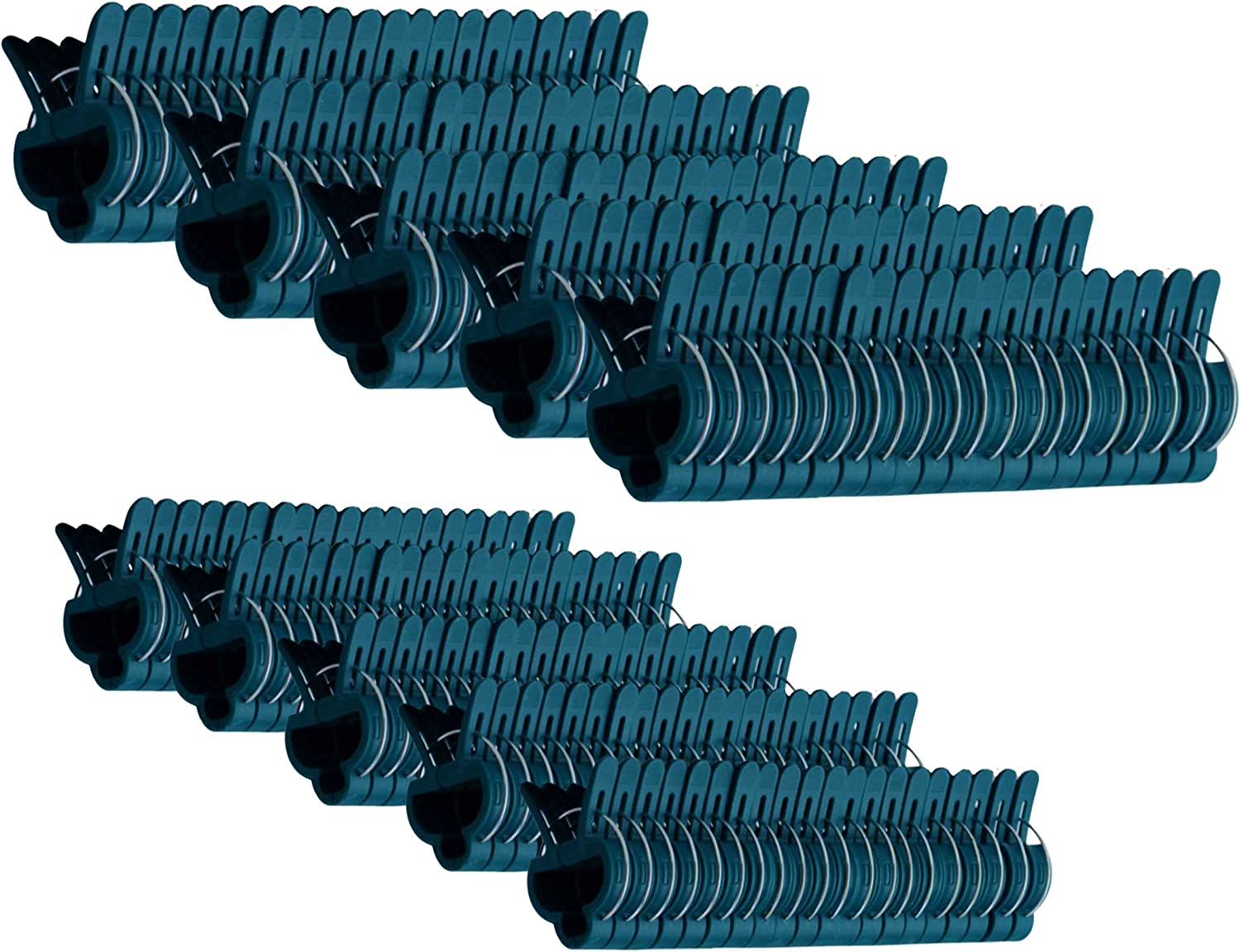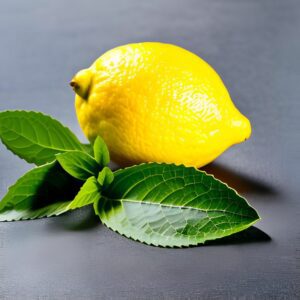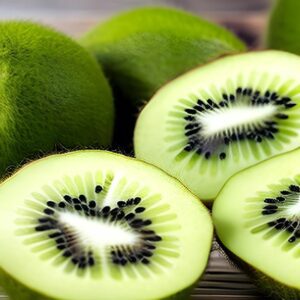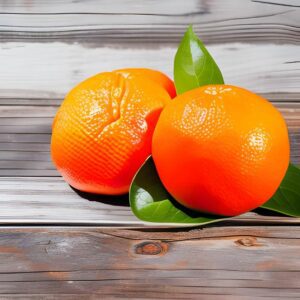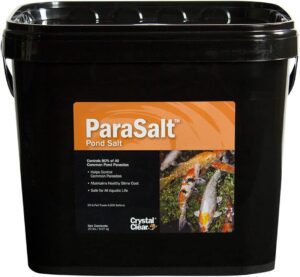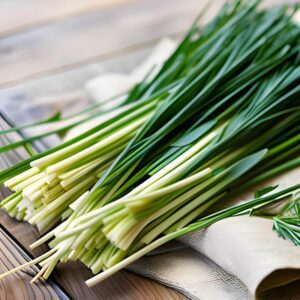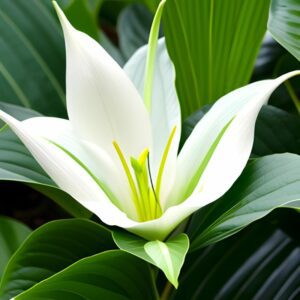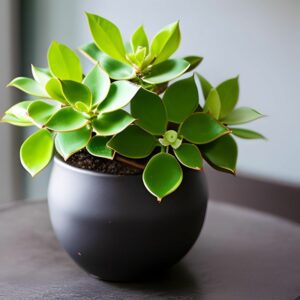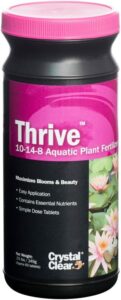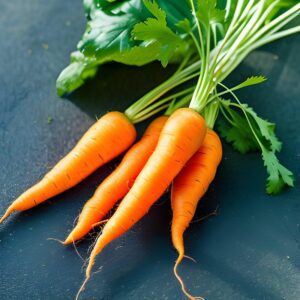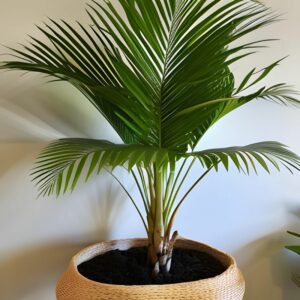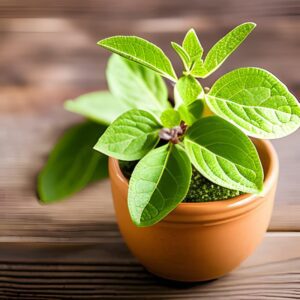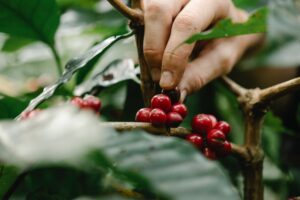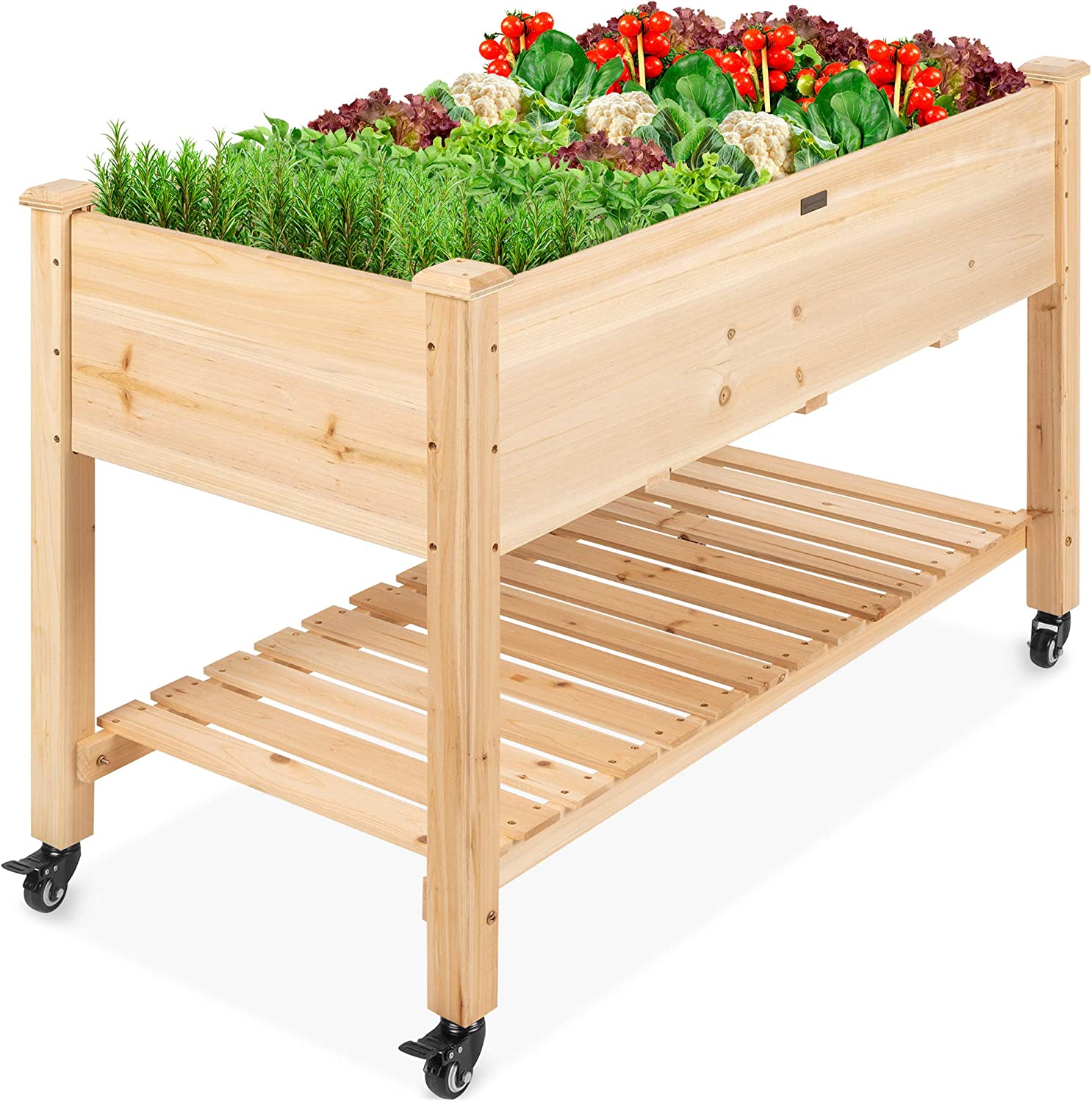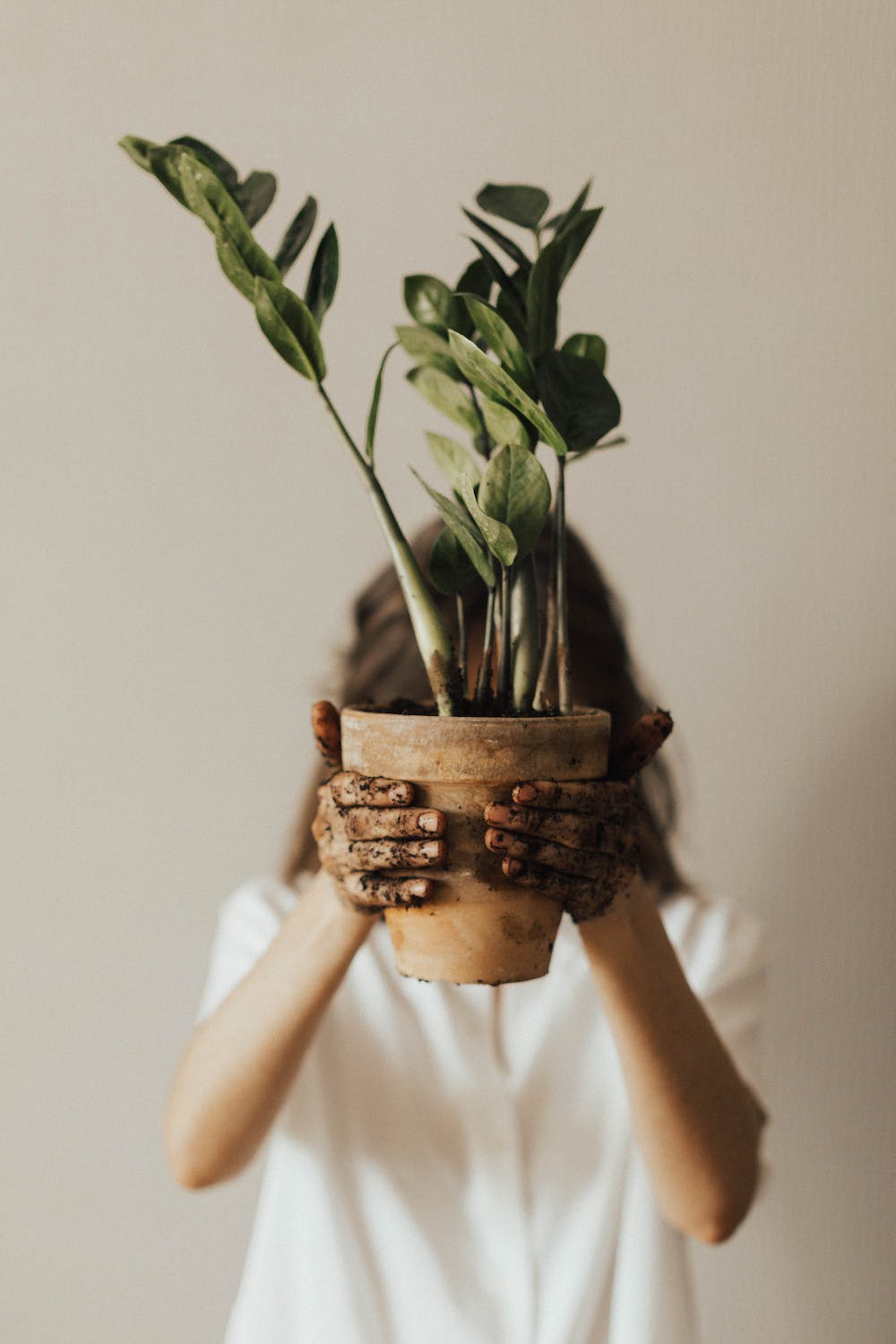Mongolian Thyme
Herbs
- Mongolia
- Easy
- 60-90 days
Introduction
Mongolian Thyme is a flavorful herb native to Mongolia. It is known for its aromatic leaves and its culinary and medicinal uses. Mongolian Thyme is easy to grow and adds a delightful taste and fragrance to various dishes.
Plant Characteristics
Mongolian Thyme is a low-growing herb with small, narrow leaves that are grayish-green in color. The leaves have a strong, minty aroma and a slightly spicy taste. The plant forms dense mats and can reach a height of 4-6 inches.
Ideal Growing Conditions
Mongolian Thyme prefers full sun and well-draining soil. It can tolerate various soil types, including sandy or rocky soils. The plant is drought-tolerant and can withstand dry conditions. It is well-suited to Mongolia’s continental climate with hot summers and cold winters.
Planting Guide
Plant Mongolian Thyme seeds in early spring after the last frost date. Prepare the soil by loosening it and removing any weeds. Scatter the seeds over the soil surface and lightly press them into the soil. Keep the soil moist until germination occurs.
Watering and Fertilizing
Mongolian Thyme is a drought-tolerant plant and does not require much additional watering once established. Water sparingly, allowing the soil to dry out between waterings. Fertilization is generally not necessary for this herb.
Pruning and Maintenance
Mongolian Thyme is a low-maintenance herb and does not require much pruning. Trim back any leggy or woody stems to encourage new growth and maintain a compact shape. Remove any yellowing or damaged leaves as needed.
Harvesting or Flowering
Mongolian Thyme can be harvested as soon as the leaves are large enough to use, usually about 60-90 days after planting. Harvest the leaves by snipping them with scissors or pinching them off. Regular harvesting promotes bushier growth and enhances the plant’s flavor.
Post-Harvest Care
Use fresh Mongolian Thyme immediately after harvesting for the best flavor. The leaves can also be dried for later use by hanging them in a well-ventilated area away from direct sunlight. Store dried leaves in an airtight container in a cool, dark place.
Troubleshooting
Mongolian Thyme is generally resistant to pests and diseases. However, it can be susceptible to root rot if grown in poorly drained soil. Ensure the soil has good drainage and avoid overwatering. Inspect the plant regularly for any signs of pests and take appropriate measures if needed.
Fun Facts
Thyme has been used for centuries in traditional medicine and culinary applications. Mongolian Thyme is known for its strong flavor and is often used in Mongolian cuisine to enhance the taste of soups, stews, meats, and teas. It is also used for its potential medicinal properties, including promoting digestion and soothing coughs.
